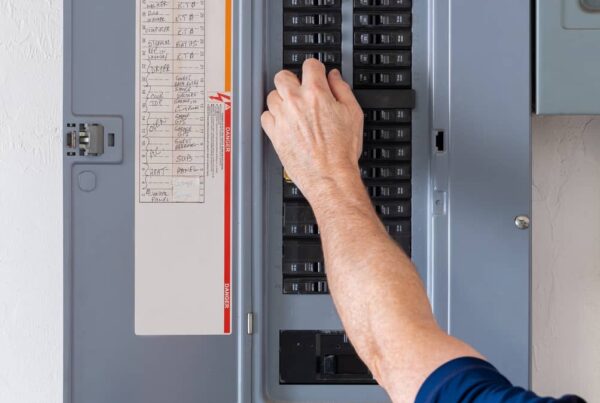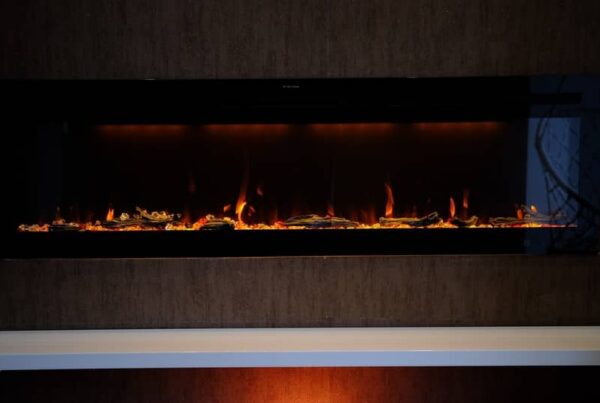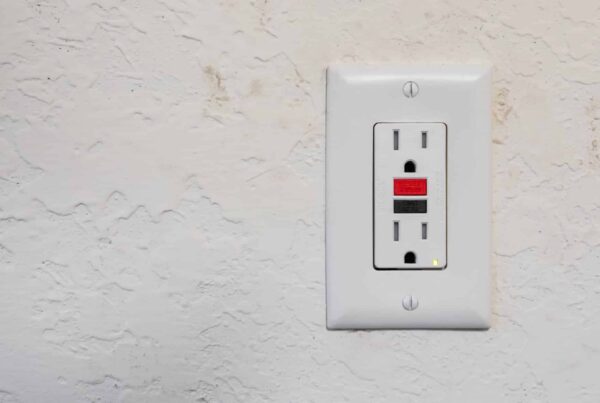
A split bus panel is a single electrical panel that has two separate bus bars. Bus bars are metal bars inside an electrical panel that carry electrical current and hold the circuit breakers. Other electrical panels have a single bus bar that runs the length of the electrical panel.
A split bus panel will have a large breaker on the top bus bar that feeds power to the lower bus bar. In addition, the top bus bar is responsible for larger appliances. The other, typically holds breakers for general lighting in the home.
Split Bus Panel Diagram & Identification
Here is how a split bus panel differs from a general electrical panel.

How To Identify A Split Bus Panel
Our Inspector, Wilmer, teaches us how to identify a split bus panel without taking the electrical panel cover off.
How Does A Split Bus Panel Work?
As shown in the diagram and in the video, a split bus panel has two bus bars. The top bus bar typically feeds electrical current to large appliances and holds 6 breakers. One of the 6 breakers is then used to feed the lower bus bar electrical current. The lower bus bar is typically responsible for general lighting and outlets in the home.
The “Six Throw” Rule
The National Electrical Code states you must be able to shut off the electrical power with a maximum number of six breakers or throws. In a split bus panel, there is no main shut-off. Instead, there are 5 large breakers supplying large appliances, then one that supplies electrical current for the rest of the home.
Sometimes, split bus panels could have more than 6 throws to turn off all of the electrical power in the home. If that is the case, the electrical panel would be out of code.

History And Issues of Split Bus Panels
Split bus panels were typically installed in the 1950s to 1970s. However, in the 80s they were quickly discontinued due to arising problems. This was because as technology improved, homes required more electricity. Then, the split bus panels needed more room to supply other components/appliances. Electricians/handyman overloaded these panels by adding single-pole breakers to the top bus bar which caused overheating, arcing, and damage.
Today, most split bus panels have to be repaired or replaced to fit the “six throws” rule mentioned above. In addition, these panels and breakers are simply too old and are at the end of their useful lives.
In some cases, insurance companies may require evaluation by a licensed electrician or replacement.
Final Thoughts
Split bus panels are electrical panels with two bus bars. The top bus bar feeds electrical current to the main circuit breakers supplying power to the major appliances. One circuit breaker on the top bus bar feeds power to the lower bus bar that supplies power to general lighting and outlets in the home.
Since the split bus panel does not have a main electrical shut-off, the National Electrical Code requires a split bus panel to be able to shut-off power in the home by the use of 6 throws (or breakers).
Today, most split bus panels have been unprofessionally remedied to fit today’s modern electrical needs. This has caused overloaded circuits, overheating, arcing, and damage to homes. Therefore, most split bus panels have to evaluated, repaired, or replaced.



